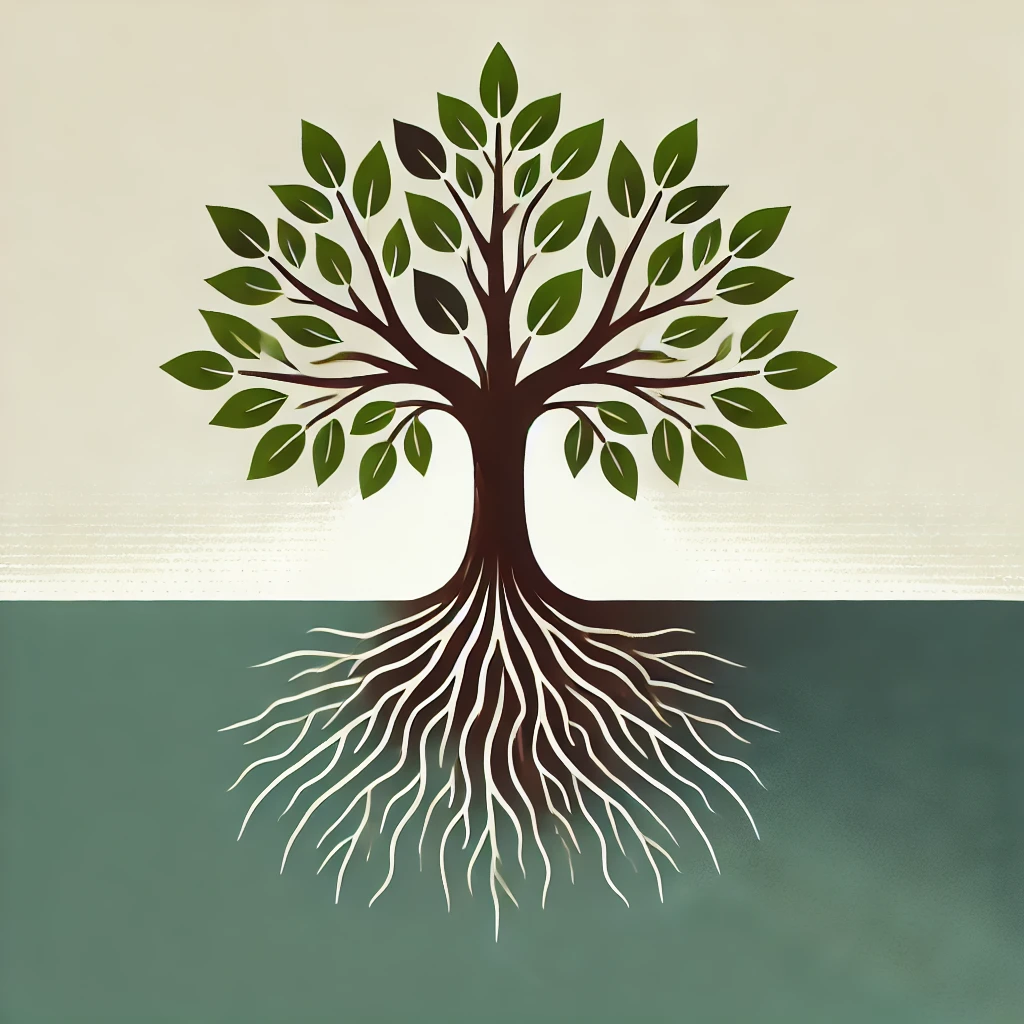
As Tu BiShvat approaches, synagogues have a unique opportunity to connect congregants with both Jewish tradition and the natural world. Known as the “New Year for Trees,” this holiday is a time to celebrate nature, embrace sustainability, and reflect on our role as stewards of the earth. For synagogue leaders, Tu BiShvat offers an inspiring platform to engage members of all ages through creative, meaningful programming.
Originating as an agricultural festival in ancient Israel, Tu BiShvat marked the season when trees began to blossom, signifying the start of a new fruit-bearing cycle. Over time, it evolved into a celebration of nature and renewal, often symbolized by planting trees, eating fruits, and performing rituals that honor creation. In modern times, Tu BiShvat has also become a rallying point for environmental activism, aligning the holiday’s themes with pressing ecological concerns.
One of the most engaging ways to celebrate Tu BiShvat is by hosting a Seder. Modeled after the Passover Seder, this ritual involves eating fruits and nuts associated with the Land of Israel, such as figs, dates, olives, and pomegranates, while drinking four cups of wine or grape juice in varying shades. Each cup represents a different aspect of creation, offering an opportunity for reflection and spiritual connection.
To make the Seder accessible, provide printed or digital guides with blessings and explanations. Including creative activities, like decorating the table with tree branches or inviting participants to share environmental pledges, adds a personal touch. Consider hosting the event as a hybrid gathering, enabling both in-person and remote participation to include all members of the community.
A central theme of Tu BiShvat is planting trees, making this holiday ideal for organizing outdoor activities. Partner with local environmental organizations to plan a community tree-planting event. If physical planting isn’t feasible, explore virtual options, such as sponsoring trees through organizations like the Jewish National Fund (JNF).
In addition to planting, consider hosting workshops on sustainable living. Topics could include reducing waste, composting, or creating pollinator-friendly gardens. Engaging members in hands-on learning not only deepens their connection to Tu BiShvat but also fosters lasting habits that benefit the planet.
Tu BiShvat is particularly well-suited for educational programming. For children, activities like crafting tree-themed art, writing poems about nature, or exploring the lifecycle of a tree can make the holiday memorable. Teens might enjoy participating in discussions about climate change and Jewish values, exploring how their faith calls them to action.
For adults, invite guest speakers—such as local environmentalists, rabbis, or Jewish scholars—to lead discussions on the intersection of Judaism and ecology. These sessions can spark meaningful conversations about sustainability and stewardship, rooted in Jewish teachings.
Tu BiShvat also presents an opportunity to showcase your synagogue’s commitment to sustainability. Highlight any eco-friendly initiatives your synagogue has undertaken, such as energy-efficient upgrades or community recycling programs. Encourage members to take part in these efforts and suggest new ideas for greening your synagogue’s operations.
Consider using this moment to introduce a long-term project, such as transitioning to reusable materials for synagogue events or starting a composting program. By tying these initiatives to the themes of Tu BiShvat, you make them feel deeply connected to Jewish tradition.
Effective communication is key to engaging members in Tu BiShvat celebrations. Use digital tools like newsletters or event pages to promote your programming. If you’re using tools like the Temple Tools Website Builder, ensure all Tu BiShvat information is easy to find, from event details to resources for celebrating at home.
Photos and highlights from past celebrations can also inspire participation. Sharing testimonials or images from previous Tu BiShvat Seders or tree-planting events demonstrates the joy and community spirit this holiday brings.
Tu BiShvat is a celebration of life, growth, and our sacred responsibility to care for the world around us. By bringing these themes to the forefront of synagogue programming, you create an environment where members can connect more deeply with their faith and each other. From planting trees to hosting meaningful Seders, the possibilities for celebrating Tu BiShvat are as vast and vibrant as the natural world itself.
Accompanying Image: A minimalist illustration of a tree with deep roots and lush green leaves, symbolizing growth and connection to the earth.